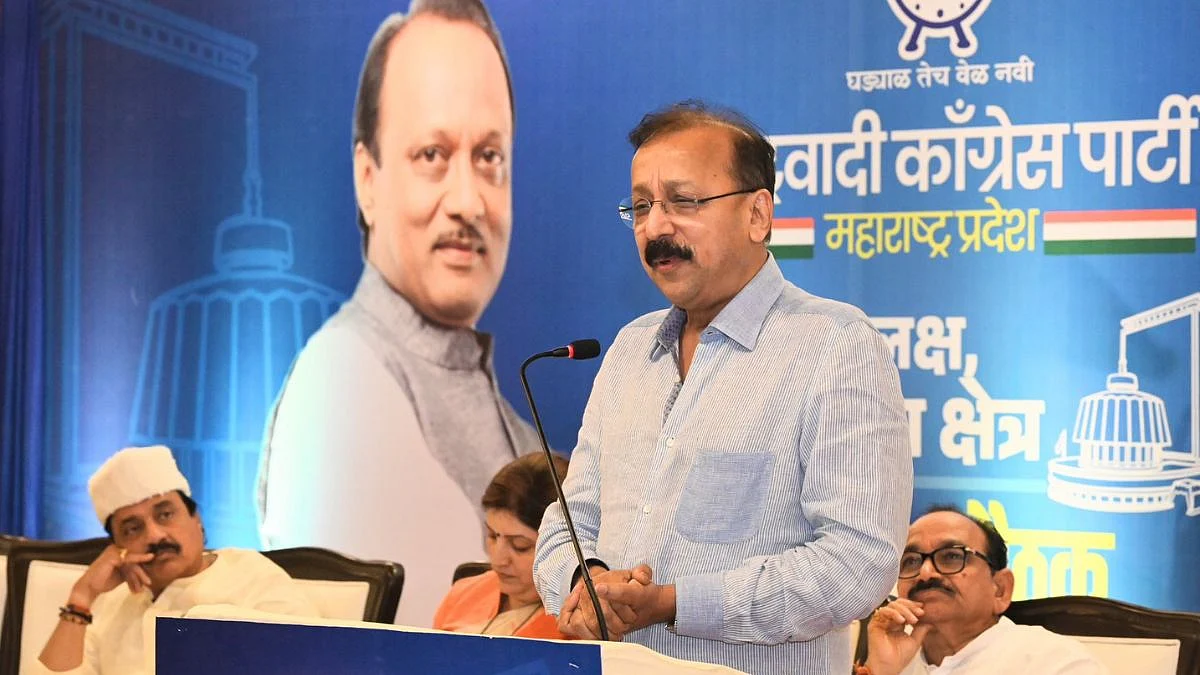Chief Justice of India Uday Umesh Lalit has a short tenure but he will be remembered for live-streaming proceedings in the Supreme Court. Beginning Tuesday, the proceedings of all the Constitution benches would be available on YouTube. “Any case involving a substantial question of law as to the interpretation of the Constitution” must be decided by a bench of at least five judges. Such a bench is called a Constitution bench. This marks the beginning of a process that has already been set in motion in the high courts. There are now six high courts — Gujarat, Orissa, Karnataka, Jharkhand, Patna and Madhya Pradesh — where live-streaming happens. For the public, it is as simple as clicking on the YouTube address of the high court concerned to watch the proceedings from anywhere in the world. Since cases heard by the Constitution bench are of great importance, as they touch upon substantive constitutional issues, public-spirited persons, including lawyers, would certainly like to keep track of the proceedings. Since the recordings would be saved on cloud or in the Supreme Court servers, they would provide a permanent record for those interested.
What can be said about cases heard by the Constitution bench can be said about all the cases heard by the apex court. It is the highest court of appeal and only cases of either national importance or which have a direct bearing on the interpretation of the law concerned come up before the court. In short, there is a strong case for live-streaming of all the Supreme Court proceedings which the parties concerned can watch from the comfort of their homes. There will be no need to crowd the courtrooms. The Chief Justice would have taken his cue from the dictum that Rome was not built in one day. There has been a sea-change in the functioning of the court, mainly on account of the technology transformation that has happened. There was a time when one had to pay the fee and wait for weeks and months to get a certified copy of the court verdict. Today, the judgements are available on the website in an easily downloadable format within hours of the judges delivering them. Of course, the technological revolution has not obviated the need for good old reporting, where the emphasis is on the salient aspects of the judgement.
In other words, court reporting will continue to be practised as the general public does not have the time to read lengthy judgements and sift chaff from the grain. They need to be provided the judgement in an easily digestible, capsule form. The live-streaming process got a leg up during the Covid-induced lockdown when the high courts and the Supreme Court used applications like Google Meet and Zoom to let lawyers appear before the court and argue their case. The parties concerned were allowed to watch the proceedings by using the password given to them through the lawyers. The productivity of the judges did not suffer any dent as they were able to hear the cases without any distraction and in an orderly and time-bound manner. The lawyers were encouraged to give written submissions, instead of making lengthy oral statements. In fact, one of the suggestions for speeding up the delivery of justice was to let lawyers give their arguments in written form. However, the proposal was frowned upon by the lawyers because they feared that it would reduce their importance. The experiment during the lockdown suggests that written submissions were easier to handle and decipher than long-winded arguments.
Zoom-like applications had a limitation as only a certain number of people could join the session, whereas on YouTube tens of thousands of people can watch the proceedings. The quality of debates in Parliament did not suffer any deterioration after the proceedings began to be telecast live. In fact, the MPs were under compulsion to speak better as video clips of their speeches could be publicised. It is a different ball game in the courts where success or failure of an advocate depends on how good she presents her case and obtains a verdict in her favour. The people of India realised the usefulness of live-streaming when India argued against the hanging of Kulbhushan Jadhav ordered by a Pakistani military court at the International Court of Justice at the Hague. There are several countries like the US, Canada, Australia and Britain where live-streaming in some form or other of their supreme court proceedings is made available. Next month, many telephone companies will roll out their 5G services, which will considerably improve the quality of Internet-based services. It is only in the fitness of things that the judiciary also makes use of cutting-edge technology to democratise the delivery of justice!










